.png)
KEY POINTS
- New data from REIA and Nuestar/Hotspotting reports shows smaller dwellings, especially two-bedroom homes and apartments, are outperforming houses in price growth and rental yields
- Across Brisbane, Perth, and Sydney, over 70% of apartment markets saw stronger growth than houses, boosted by tight vacancies and major infrastructure projects
- Population shifts and demand for amenity-rich living are making smaller dwellings the top choice for investors, downsizers, and even some first-home buyers
Australia’s real estate market is undergoing a significant transformation, with smaller dwellings — particularly two-bedroom homes and apartments — emerging as the new champions of capital and rental growth.
Two new reports, one from the Real Estate Institute of Australia (REIA) and the other a collaboration between property data service Hotspotting and financial advisors Nuestar, reveal a nationwide shift in housing preferences driven by affordability, lifestyle trends, and demographic changes.
REIA
REIA’s latest Real Estate Market Facts report for the March quarter of 2025 says two-bedroom dwellings are now outpacing traditional houses in both purchase price and rental value.
The national median price for “other dwellings” — a category that includes apartments and smaller townhouses — rose 1.1% to $702,315, matching the quarterly growth rate of houses but underpinned by stronger, broader geographic performance.
REIA President Leanne Pilkington says the results reflect “changing household compositions, affordability constraints and increasing demand for more manageable, lower-maintenance housing options.”
“With price growth, rental demand and low vacancy rates converging, smaller dwellings are becoming a strategic choice for both investors and downsizers,” she says.
REIA says rental markets are telling the same story.
Nationally, weekly rents for two-bedroom dwellings jumped 3.5% to $648, outperforming the 0.6% growth in rents for three-bedroom houses, which now sit at $628 per week.
Melbourne led the charge with an 8.7% spike in rents for two-bedroom dwellings, while Perth followed with a 4.8% increase.
Hotspotting & Nuestar
This trend is reinforced by a new report from Nuestar and Hotspotting, which found that 62.9% of apartment markets across the country recorded equal or higher median price growth compared to houses in the 12 months to May 2025.
“The common view is that the real money is in land, not apartments. However, that’s not our experience,” says Michael Wilkins, founder and director of property at Nuestar.
“With lifestyle benefits, lower costs, and outstanding locations, apartments are fast becoming the preferred choice for both homeowners and investors,” he says.
“Prices per square metre are continuing to rise, and developers are recognising that quality design, premium inclusions, and integrated amenity are increasingly the key to market appeal.”
Hotspotting and Nuestar’s report found Brisbane’s apartment market is leading the national surge, with 76.3% of unit markets outperforming houses.
The trend is also playing out strongly in Perth, where 75% of units recorded higher price growth than houses, and in Sydney, where 71.4% of the apartment market exceeded house price growth over the same period.
In cities like Perth, where housing affordability has become more stretched, the shift to apartments is largely pragmatic.
“While the Perth apartment market is smaller, rising house prices mean even more buyers are turning to its more affordable apartment market,” Mr Wilkins says.
He highlighted Como, a suburb in Perth, as a good case study.
“Its key fundamentals are river frontage, views, public transport and easy access to the CBD, surrounded by older homes with new architectural rebuilds happening.”
Como’s median apartment price jumped 27% over the past year, compared to 21% for houses.
Hotspotting’s director, Terry Ryder, says the once widely accepted belief that houses offer superior capital growth is now being challenged by empirical data.
“The once dominant paradigm of real estate – that houses on land showed superior capital growth to apartments – is simply no longer the case,” he says.
Unit sales surged to 154,928 over the past year, driven by a mix of lifestyle preference, affordability pressures, and emerging investment opportunities.
Mr Ryder says Brisbane’s inner-city apartment market is particularly buoyant, supported by large-scale infrastructure investments and the build-up to the 2032 Olympics.
“These projects are transforming the city and fuelling sustained demand for well-located apartments.”
.png?width=1159&height=611&name=BodyImage%20(4).png)
Image from realestate.com.au
Low vacancy rates lure investors
The national vacancy picture also underscores the appeal of apartments and smaller dwellings.
According to REIA, rental vacancy rates remained exceptionally tight in most capitals — just 0.6% in Adelaide, 0.9% in Brisbane, and 1.6% in Canberra.
Melbourne and Perth saw a slight increase to 2.5%, while Darwin had the highest rate at 2.9%.
This tight rental environment, combined with rising rents and strong price growth, is making smaller dwellings especially attractive to investors.
"Smaller dwellings are not just filling a demand gap — they’re reshaping investment strategies," REIA President Leanne Pilkington says.
“As affordability concerns persist and the demand for flexible, efficient living grows, two-bedroom dwellings seem to be the preferred choice for both renters and homeowners.”
Interestingly, even amid rising apartment prices, demand is not waning.
Buyers are clearly responding to a combination of structural factors: demographic shifts toward smaller households, policy incentives for first-home buyers, and sustained undersupply in many high-demand urban locations.
“Developers are no longer simply selling square meterage,” says Nuestar’s Michael Wilkins.
“They’re selling lifestyle, convenience, and a sense of place — and the market is responding.”
Ultimately, the data from REIA and Nuestar/Hotspotting paint a clear picture of Australia’s housing future — one where smaller, smarter, and more centrally located properties are poised to dominate.
For investors, downsizers, and first-home buyers alike, apartments and two-bedroom dwellings offer not just affordability, but a compelling proposition for capital growth and rental yield.
As the market continues to adapt to a changing economic and demographic landscape, the days of dismissing apartments as second-tier investments may well be behind us.
Stay Up to Date
with the Latest Australian Property News, Insights & Education.




.png?width=292&height=292&name=Copy%20Link%20(1).png)
 SIGN UP FOR FREE NEWSLETTER
SIGN UP FOR FREE NEWSLETTER
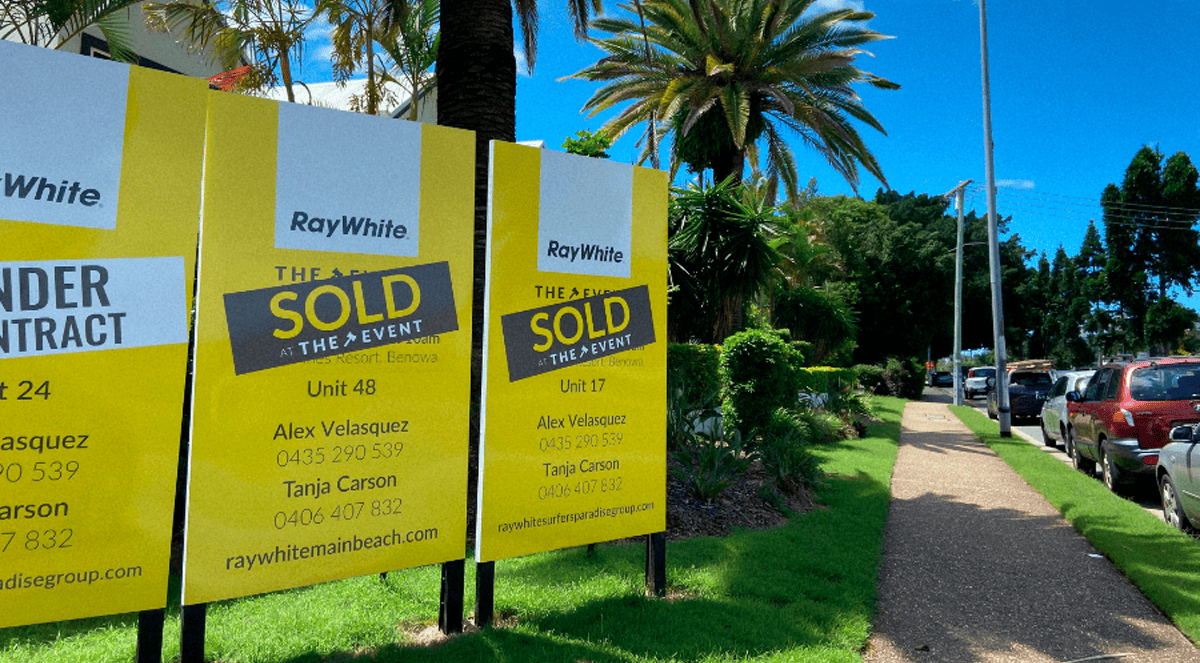
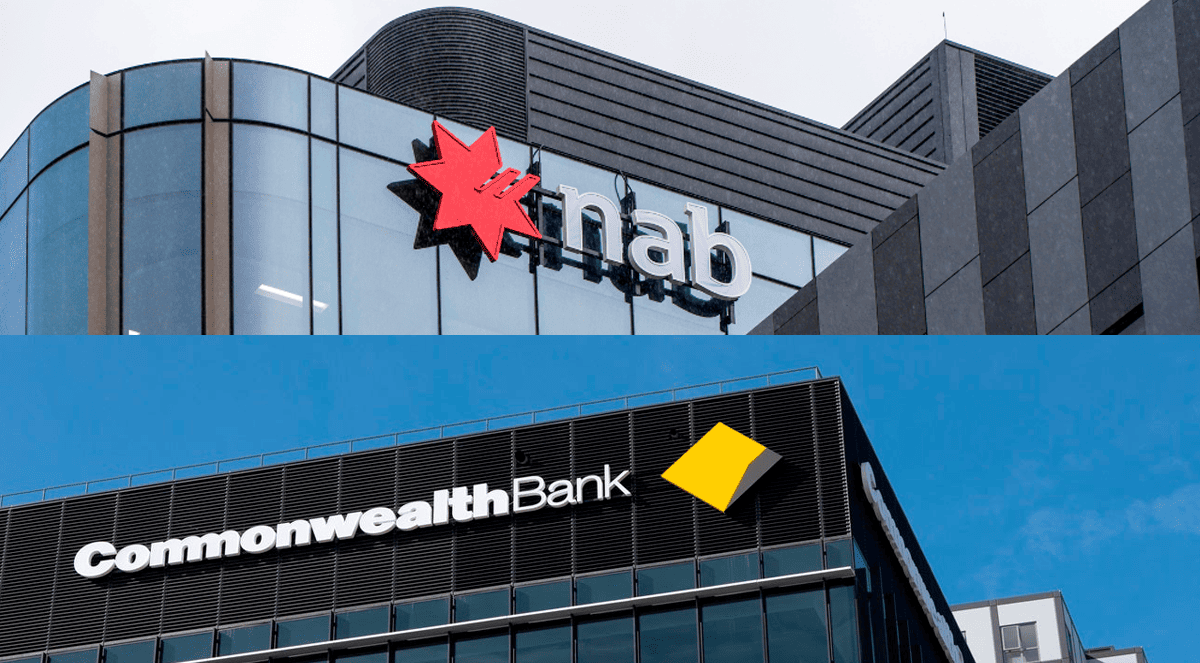
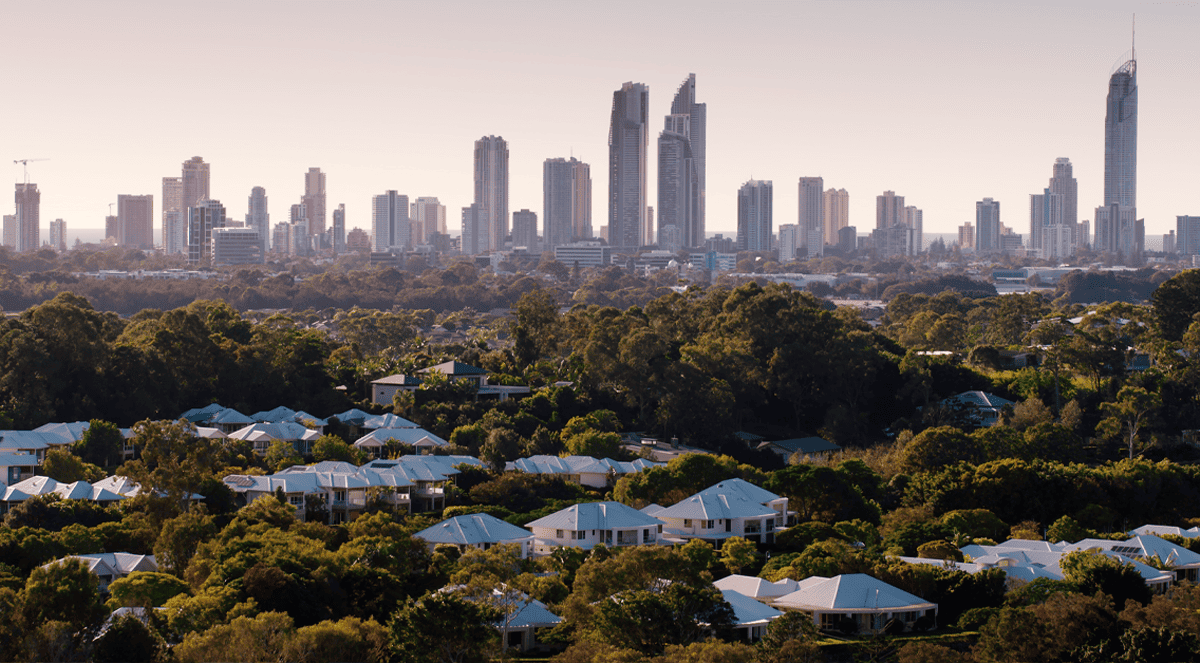
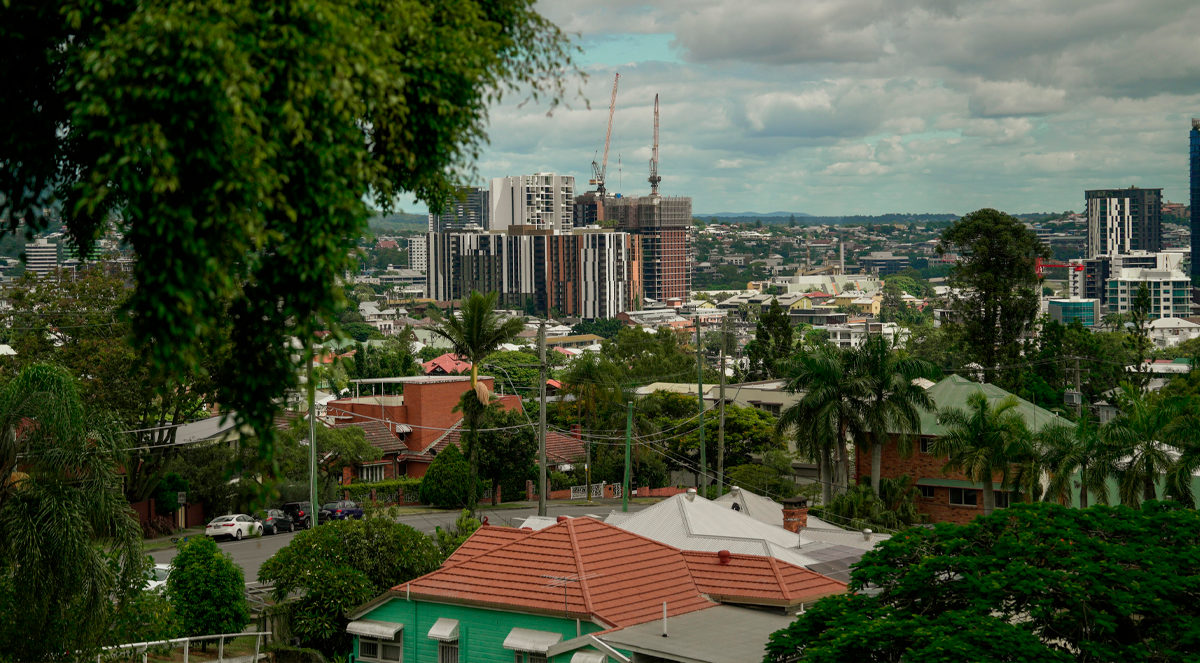
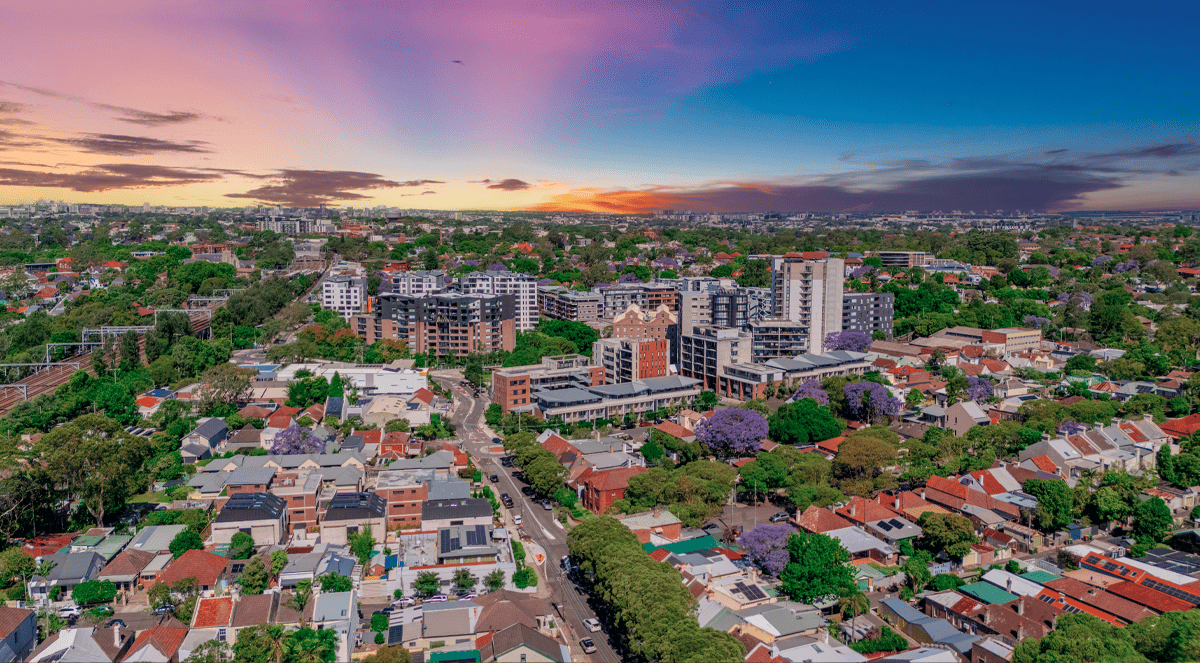
.jpg?width=1920&height=1080&name=Warning%2c%20You%20Might%20Be%20Facing%20Higher%20Taxes%20Soon%20(1).jpg)





.png?width=1920&height=1080&name=Rate%20Drops%20Signal%20BIGGEST%20Property%20Boom%20in%20DECADES%20(1).png)

.jpg?width=1920&height=1080&name=Labor%20vs%20Liberal%20These%20Housing%20Policies%20Could%20Change%20the%20Property%20Market%20Forever%20(1).jpg)
.jpg?width=1920&height=1080&name=QLD%20Slashes%20Stamp%20Duty%20Big%20News%20for%20Investors%20%26%20Home%20Buyers%20(1).jpg)
.jpg?width=1920&height=1080&name=Trump%20Just%20Slapped%20Tariffs%20%E2%80%93%20Here%E2%80%99s%20What%20It%20Means%20for%20Australia%20(1).jpg)
.jpg?width=1920&height=1080&name=Federal%20Budget%202025%20More%20Debt%2c%20No%20Housing%20%E2%80%93%20Here%E2%80%99s%20What%20You%20Need%20to%20Know%20(1).jpg)
.jpg?width=1920&height=1080&name=Australias%20Housing%20Crisis%20is%20about%20to%20get%20MUCH%20Worse%20(New%20Data%20Warns).jpg)
%20(1).jpg?width=1920&height=1080&name=Australias%20RENTAL%20CRISIS%20Hits%20ROCK%20BOTTOM!%20(2025%20Update)%20(1).jpg)
%20(1).png?width=1920&height=1080&name=Is%20Adelaide%20Still%20a%20Good%20Property%20Investment%20(2025%20UPDATE)%20(1).png)
.jpg?width=1920&height=1080&name=RBA%20Shocks%20with%20Rate%20Cuts!%20What%E2%80%99s%20Next%20for%20Property%20Investors%20(1).jpg)
%20(1).jpg?width=1920&height=1080&name=I%20Predict%20The%20Feb%20Rate%20Cut%20(My%20Price%20Growth%20Prediction)%20(1).jpg)
.png?width=1920&height=1080&name=Why%20Property%20Prices%20Will%20Rise%20in%202025%20Market%20Predictions%20(1).png)
.jpg?width=1920&height=1080&name=Why%20Investors%20Are%20Choosing%20Apartments%20Over%20Houses%202%20(1).jpg)
.jpg?width=1920&height=1080&name=Why%20Rate%20Cuts%20Will%20Trigger%20A%20Property%20Boom%20(1).jpg)
.jpg?width=1920&height=1080&name=Retire%20On%202Million%20With%20One%20Property%20(Using%20SMSF).jpg)
.jpg?width=1920&height=1080&name=4%20Reasons%20Why%20You%20Should%20Invest%20in%20Melbourne%20Now%20(1).jpg)
%20(1).jpg?width=1920&height=1080&name=Old%20Property%20vs%20New%20Property%20(Facts%20and%20Figures%20Revealed)%20(1).jpg)
%20(1).jpg?width=1920&height=1080&name=Will%20The%20New%20QLD%20Govt%20Create%20a%20Property%20Boom%20or%20Bust%20(My%20Prediction)%20(1).jpg)
%20Scott%20Kuru%20(1).jpg?width=1920&height=1080&name=Inflation%20Hits%20Three-Year%20Low%20(Will%20RBA%20Cut%20Rates%20Soon)%20Scott%20Kuru%20(1).jpg)
.jpg?width=1920&height=1080&name=How%20to%20Buy%20Investment%20Property%20Through%20SMSF_%20The%20Ultimate%20Guide%20(1).jpg)
.jpg?width=1920&height=1080&name=Victoria%20Slashes%20Stamp%20Duty%20Melbourne%20Set%20to%20Boom%20Scott%20Kuru%20(1).jpg)
.png?width=1571&height=861&name=Are%20Foreign%20Buyers%20Really%20Driving%20Up%20Australian%20Property%20Prices%20(1).png)
.jpg?width=1920&height=1080&name=The%20Single%20Factor%20That%20Predicts%20Property%20Growth%20Regions%20(1).jpg)
%20Scott%20Kuru%20(1).jpg?width=1920&height=1080&name=My%20Prediction%20On%20Rates%20%26%20Negative%20Gearing%20(Market%20Crash)%20Scott%20Kuru%20(1).jpg)

-1.png?width=1920&height=1080&name=Major%20Banks%20Cut%20Rates%20Will%20RBA%20Follow%20Suit%20(Sept%20Rate%20Update)-1.png)
%20Scott%20Kuru-1.png?width=1920&height=1080&name=Rate%20Cut%20Coming%20What%20New%20Zealands%20Move%20Means%20for%20Australia%20(Sept%20Prediction)%20Scott%20Kuru-1.png)
%20(1).jpg?width=1920&height=1080&name=Buy%20when%20the%20interest%20rates%20are%20high!%20(Why%20you%20must%20buy%20now!)%20(1).jpg)
.jpg?width=1920&height=1080&name=Carms_Revised%20Taxes%20Due%20Aug%209%20YT%20Thumbnail02%20(1).jpg)
.jpg?width=1920&height=1080&name=Carms_Too%20Little%20Too%20Late%20Aug%207%20YT%20Thumbnail01%20(1).jpg)









.jpg?width=1920&height=1080&name=Carms_Rate%20Drop%20In%20July%20Jun%2010%20YT%20Thumbnail02%20(1).jpg)
.jpg?width=1920&height=1080&name=Carms_Own%20a%20Property%20V6%20Jun%205_YT%20Thumbnail%20(1).jpg)









.png?width=1920&height=1080&name=Artboard%201%20(3).png)






.jpg?width=1920&height=1080&name=YT%20thumbnail%20%20(1).jpg)

